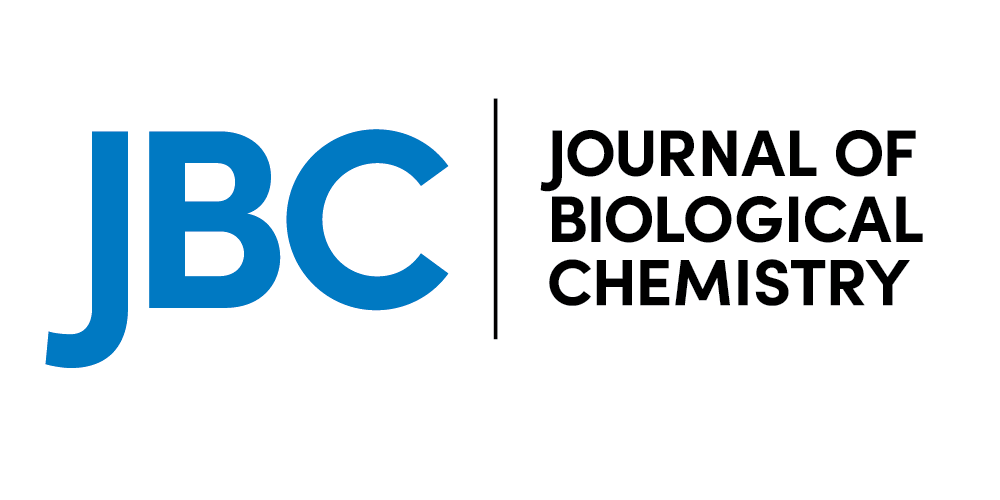
Lipids in complex, protein-enriched films at air/liquid interfaces reduce surface tension. In the absence of this benefit, the light refracting and immunoprotective tear film on eyes would collapse. Premature collapse, coupled with chronic inflammation compromising visual acuity, is a hallmark of dry eye disease affecting 7 – 10% of individuals worldwide. Although collapse seems independent of mutation ( unlike newborn lung alveoli), selective proteome and possible lipidome changes have been noted. These include elevated tissue transglutaminase and consequent inactivation through C-terminal cross-linking of the tear mitogen lacritin, leading to significant loss of lacritin monomer. Lacritin monomer restores homeostasis via autophagy and mitochondrial fusion and promotes basal tearing. Here, we discover that lacritin monomer C-terminal processing, inclusive of cysteine, serine and metalloproteinase activity, generates cationic amphipathic α-helical proteoforms. Such proteoforms (using synthetic peptide surrogates) act like alveolar surfactant proteins to rapidly bind and stabilize the tear lipid layer. Immunodepletion of C-, but not N-terminal proteoforms nor intact lacritin, from normal human tears promotes loss of stability akin to human dry eye tears. Stability of these and dry eye tears is rescuable with C- but not N-terminal proteoforms. Repeated topical application in rabbits reveals a proteoform turnover time of 7 – 33 hours with gradual loss from human tear lipid that retains bioactivity without further processing. Thus, the processed C-terminus of lacritin that is deficient or absent in dry eye tears appears to play a key role in preventing tear film collapse and as a natural slow release mechanism that restores epithelial homeostasis.



Δεν υπάρχουν σχόλια:
Δημοσίευση σχολίου
Σημείωση: Μόνο ένα μέλος αυτού του ιστολογίου μπορεί να αναρτήσει σχόλιο.